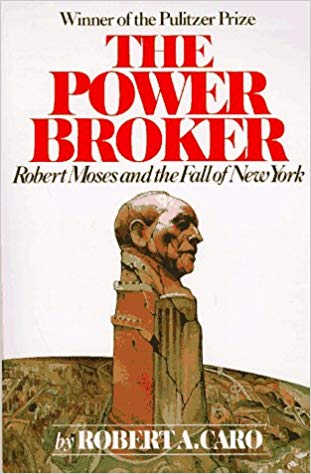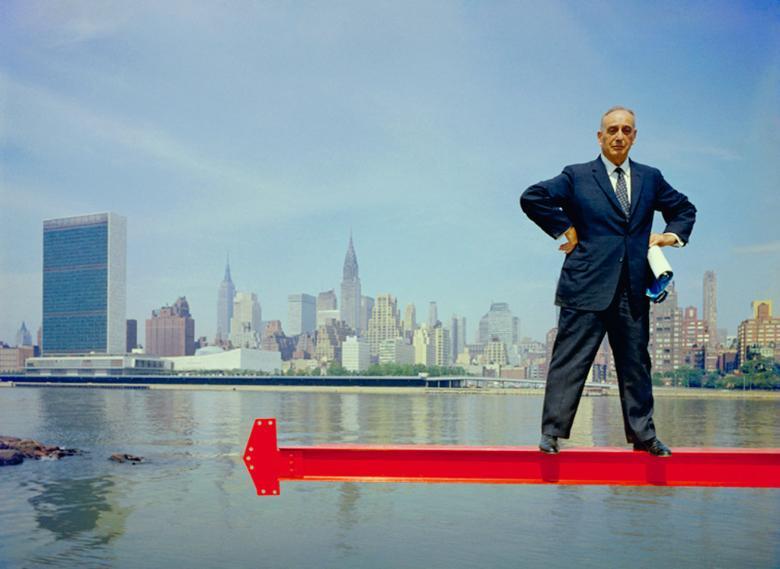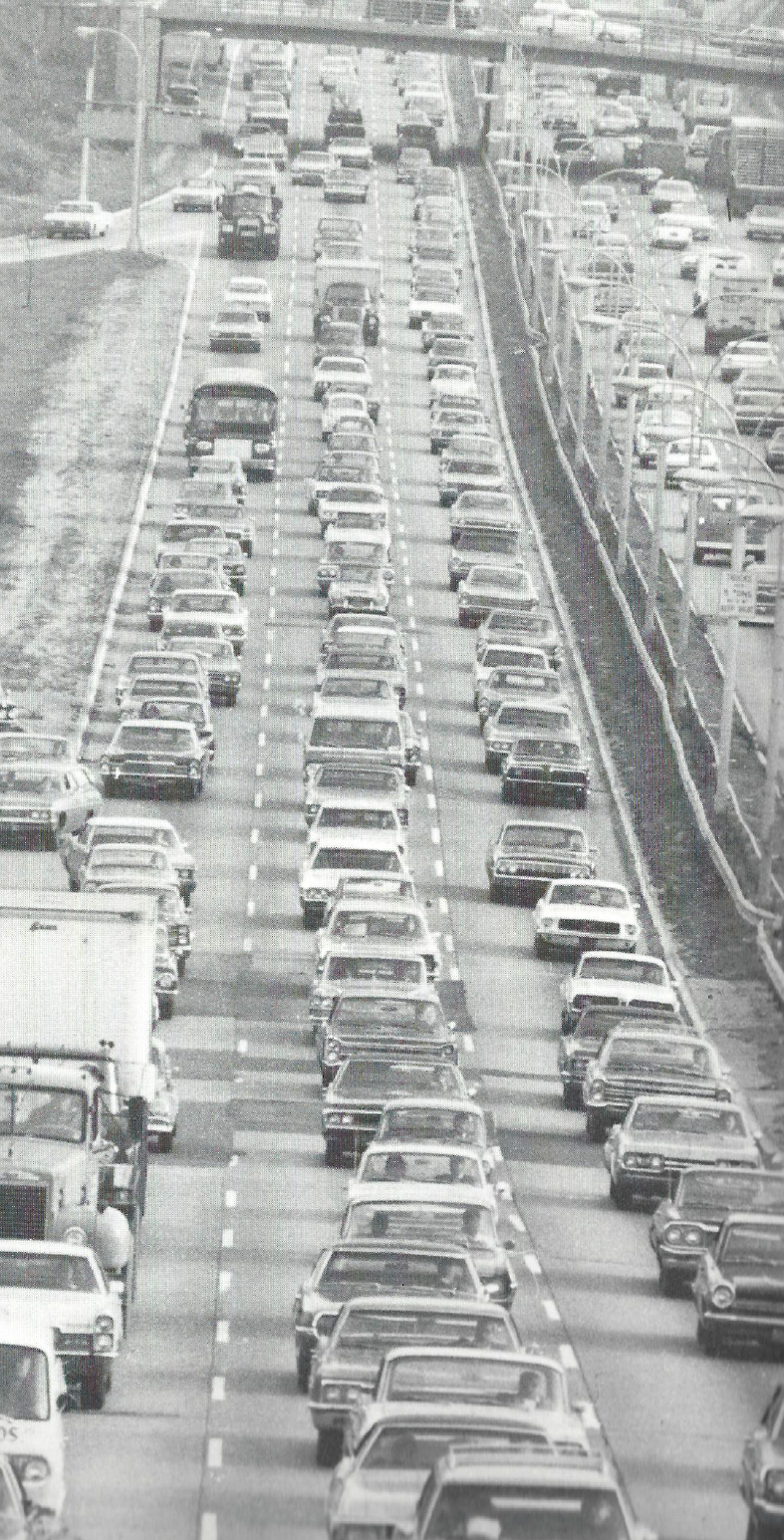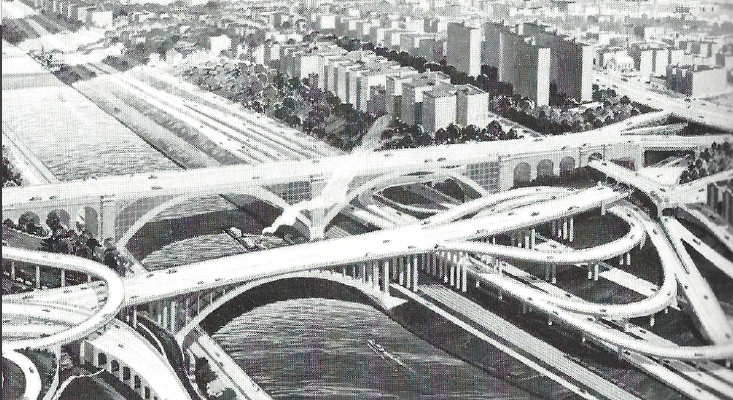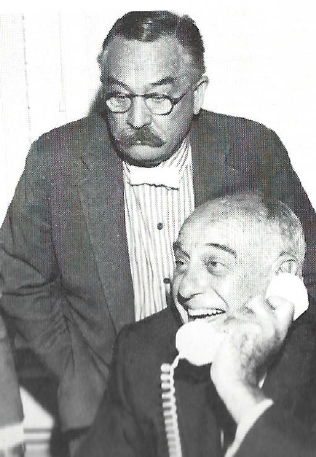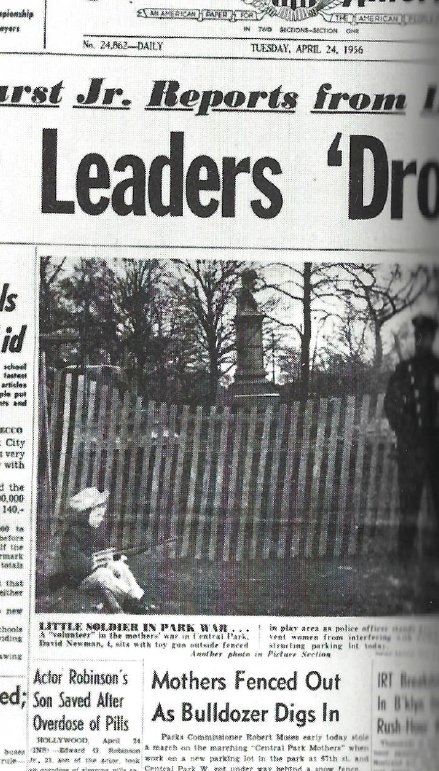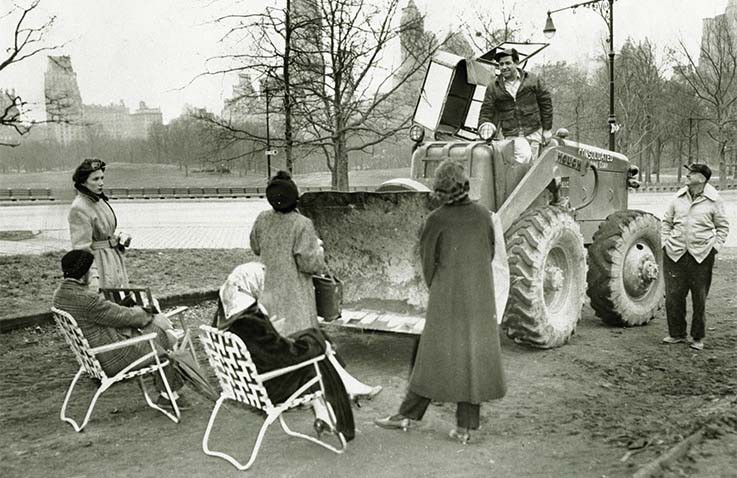Chapter 35 – RM
Age had not slaked the appetite of Moses for work and power. Every morning a vanilla envelope would be ready to be picked up, bursting with Moses’s orders. He was still working long hours, many of them in his Cadillac cum office. Nothing seemed to deflect him. His impatience was legendary. He would pace his office like a caged tiger and his treatment of anybody who displeased him was brutal.
His physical strength was awesome. He would swim daily, often for hours. He wrote a full-length novel at the same time as running eight departments. Work seemed to make him stronger. This work made him a lot of money, but he spent this money in an attempt to make more by buying influence. His bank account was often nearly empty.
He did however, divert enough Triborough funds to entertain on an epic scale. He had a number of dining rooms, fifty feet long, at a number of his properties. He entertained around one hundred and fifty times a year, with guests numbering between ten and fifty diners. All of the guests were people Moses needed something from.
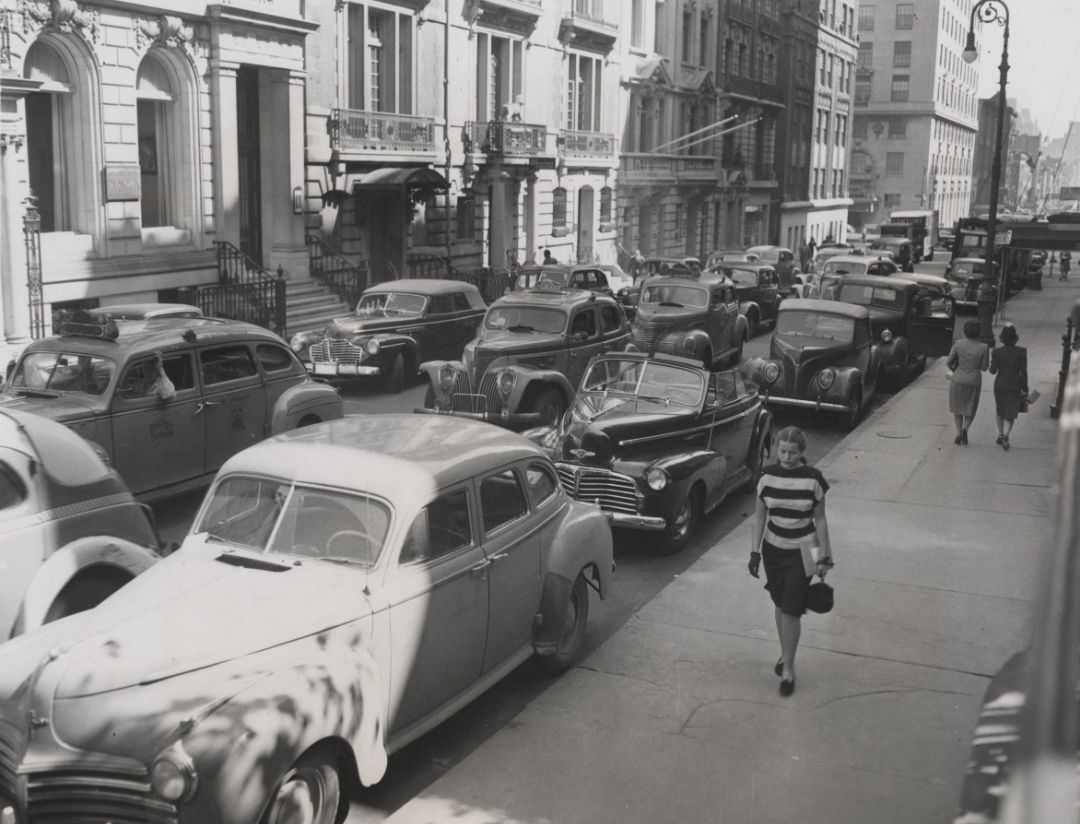
As for his employees, all were on tenterhooks in case Moses needed their services. His aides referred to him almost as if he were a god. They nodded when he wanted them to nod. They laughed when he wanted them to laugh. They acted as functionaries for his many banquets and entertainments for clients, including lavish shows at the Long Beach Stadium.
For opening ceremonies for large projects, the feast provided, both of food and entertainment, were of a scale rarely seen in a democracy. Attendees were often in the thousands, including Moses’s own court, often flown out of town in a specially chartered plane if it was required. Moses used his hospitality as a subtle reward for services rendered.
Robert Moses held shaping power in New York for forty-four years. He changed the course of rivers. He reshaped the hills surrounding the city and the beaches. He created the parks and parkways. He altered the region’s skylines with his civic buildings and apartment houses.
Robert Moses believed his works would make his name immortal. Barring catastrophe, the works of Robert Moses will be part of New York for centuries to come.
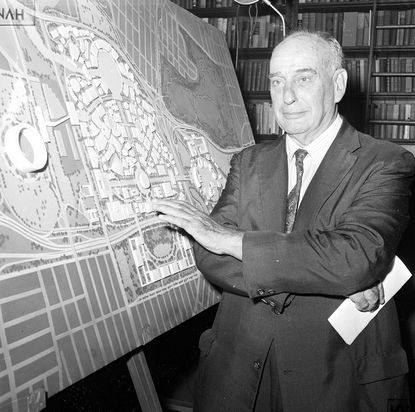
But as well as being an elemental force, he was a blind force. His arrogance, gorged with power, became absolute. As he was above rules, he was above the law. His ego became as titanic as his imagination. His detractors compared him to Hitler. His supporters compared him to Lincoln. His most frequent pose was one of lofty indifference, his arms crossed with hands gripping the opposite bicep, his head tilted back, like an emperor surveying all his works. He surrounded himself with sycophants, the only opinions sought being confirmations of his own opinion.
Three aspects helped to sustain his myopia. Robert Moses had never driven a car, even though his mobile office was in one. His work however was devoted to highways and transportation. These plans had no basis in a lived reality. His work ethic forced him to create projects, not always for the benefit of the city, but to fuel his desire for work and power. And Robert Moses was going deaf. This deafness was partly symbolic, an inability to listen to anybody else. However later that deafness became a physical disability. Then, he couldn’t listen even if he wanted to.
Analysis & Key Takeaways
- Moses was a highly social animal. He would entertain guests 150 times per year;
- He pushed for projects because he enjoyed it, the project would strengthen his power rather than the city needed it.
